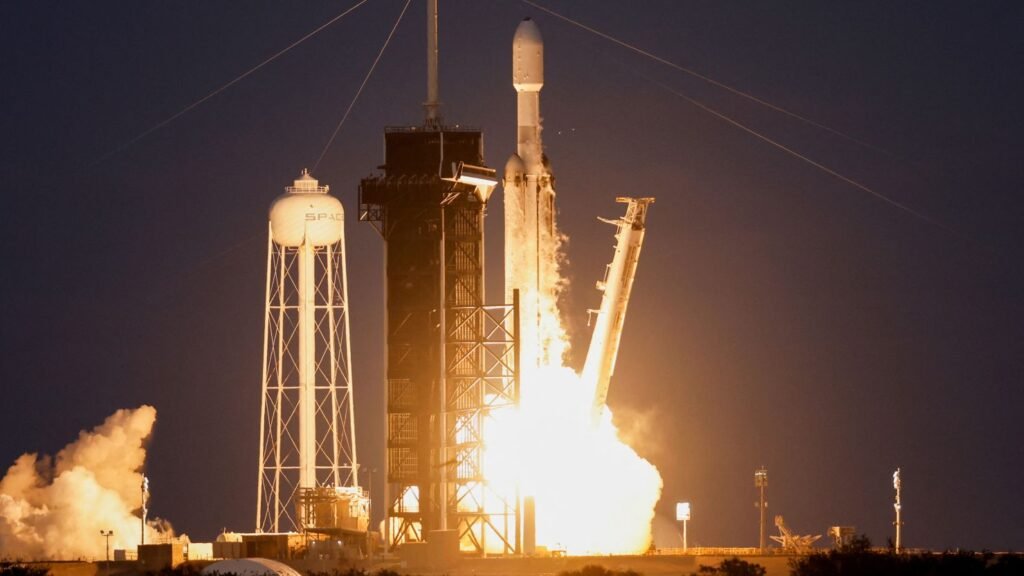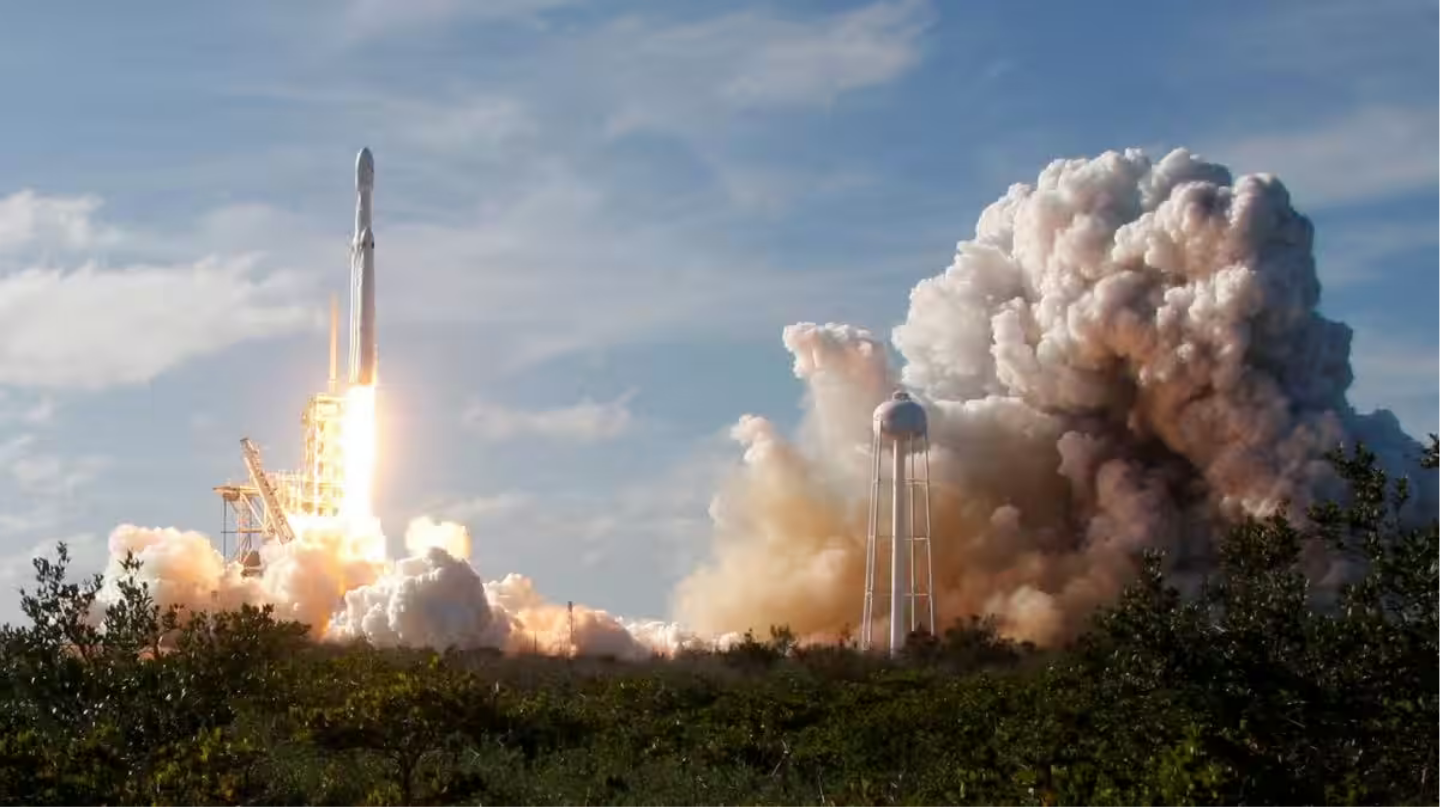Another development in the US-China space race is the launch of a plane that will conduct classified experiments.
The U.S. military’s secret robot space plane has taken off from Florida for its seventh flight, the first time it will be launched atop a powerful SpaceX Falcon Heavy booster that can take it to orbit for the first time.
Unlike previous missions, the reusable aircraft, which looks like a miniature shuttle and conducts classified research, has no crew aboard.
The Falcon Heavy rocket, consisting of three strap-on boosters, blasted off from NASA’s Kennedy Space Center in Cape Canaveral, Florida, more than two weeks later than initially planned due to technical problems.

After three countdowns were canceled due to inclement weather and unidentified technical issues, ground crews rolled the Falcon Heavy back to its storage facility before continuing with Thursday’s flight.
The launch comes two weeks after China’s Shenlong robot spaceplane, also known as the “Divine Dragon,” blasted off on its third space mission since 2020, setting off a new round of competition between the US and China in the burgeoning space industry.
The US Space Force, part of the military’s national security space launch program, has kept the launch details quiet.
Thursday’s launch marks the seventh flight of the X-37Bs, which have spent more than a decade in orbit since their launch in 2010. The most recent flight, the longest yet, ended on a runway at the Kennedy Space Center a year ago.
The Pentagon did not say how tall the spaceplane would fly this time, but a statement from the air force’s rapid capabilities office last month said mission number 7 would include tests of new orbital regimes and experiments with future space domains awareness technologies.
The plane is also carrying a NASA experiment to determine how plant seeds respond to long-term exposure to the intense radiation of space. The capability to grow crops in space could have far-reaching implications for feeding astronauts on long-term lunar and Mars missions.
On December 14, China’s equally mysterious Shenlong rocket blasted off from its launch facility on the eastern seaboard, using a less powerful system than SpaceX’s Falcon Heavy that is typically limited to sending payloads into low-earth orbit.
Even so, Space Force general B Chance Saltzman, speaking at an industry conference last month, predicted that China would launch Shenlong about the same time as X-37B in what Saltzman called a “competition.”
It is not surprising that the Chinese have a great deal of interest in our space plane. We have great interest in their plane,” said Saltzman, according to comments published in the US aerospace journal Air & Space forces magazine.
These are the two most observed objects in orbit while they are in orbit. It is most likely a coincidence that they are trying to match up with us in terms of timing and sequence,” he added.
While an exact timeline for the newest X-37B flight has not been disclosed, it is expected to last until June 2026 at the earliest, given the typical sequence of longer flights.
The X-37B, built by Boeing, looks a lot like NASA’s shuttles, but it’s only 29 feet (9 meters) long. Unlike shuttles, it doesn’t need any astronauts. Instead, it uses an autonomous landing system that allows it to take off vertically like a rocket and land horizontally like an aircraft. It’s designed to go from 150 miles to 500 miles (240 to 800 kilometres) high.











